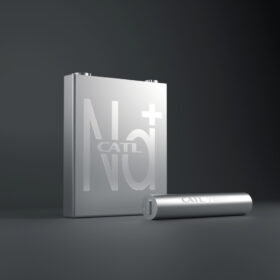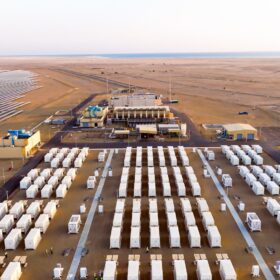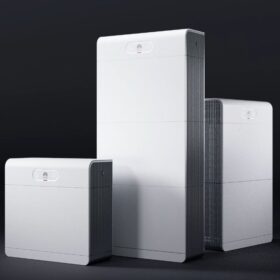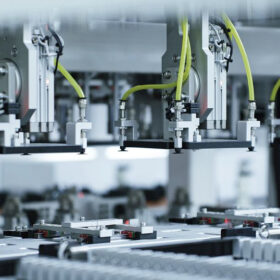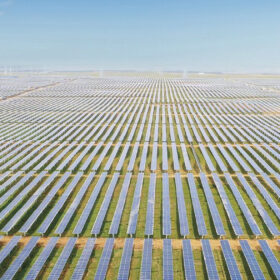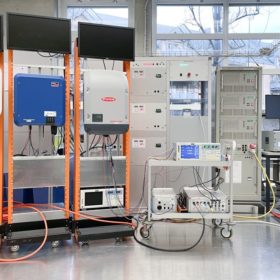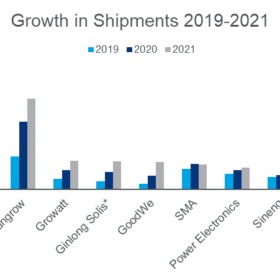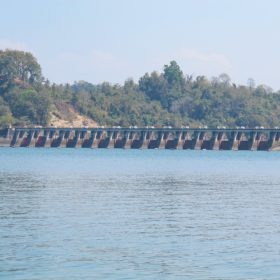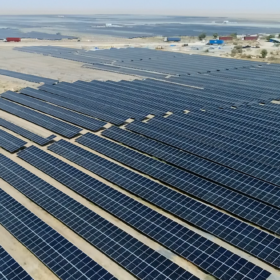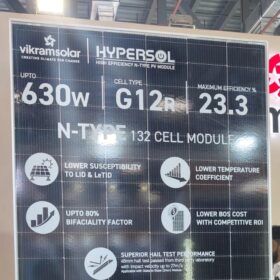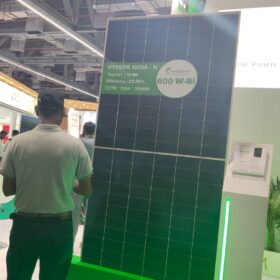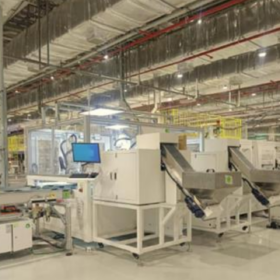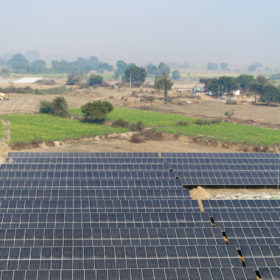New sodium-ion developments from CATL, BYD, Huawei
Sodium-ion batteries are undergoing a critical period of commercialization with Chinese cleantech juggernauts actively working on their products.
Huawei unveils world’s largest microgrid
China’s Huawei has built a 400 MW/1.3 GWh solar-plus-storage off-grid facility in Red Sea New City, Saudi Arabia.
Huawei debuts all-in-one storage solution for residential PV
Huawei says its new, all-in-one storage solution for residential PV comes in three versions with one, two, or three battery modules, offering 6.9 kWh to 20.7 kWh of usable energy. The the Luna2000-7/14/21-S1 system also includes an inverter, an optimizer, and an energy management system.
Weekend Read: Solar giants enter the storage market
Energy storage is the new solar for an increasing number of Chinese PV manufacturers. However, China still requires enabling policies for storage to provide the end-market volumes needed to bolster the fortunes of manufacturers old and new.
Top 5 solar inverter suppliers accounted for 71% of global shipments in 2022
Huawei, Sungrow, Ginlong, Solis, Growatt, and GoodWe emerged as the top solar inverter vendors in 2022, driving a significant portion of the year’s 330 GW (AC) of global inverter shipments.
Survey shows 34.3% failure rate for residential inverters over 15 years
The Bern University of Applied Sciences in Switzerland has published the initial results of a survey on the durability and performance of residential PV inverters and power optimizers over a 15-year period. They found that more than 65% of the inverters did not present yield-relevant faults by their 15th year of operation.
Huawei tops inverter supply rankings for 2021
China’s Huawei has been named the world’s biggest inverter supplier for the seventh year in a row, followed by Sungrow and Growatt, according to Wood Mackenzie.
India’s utility-scale PV capacity hit 41.7GW in December
India installed 41.7GW of cumulative utility-scale solar capacity as of Dec. 31, 2021. It has another 44.6GW in the pipeline.
Combining big floating solar with hydropower
Scientists in Bangladesh have evaluated how a 50 MW floating PV plant could be integrated with the 230 MW Karnafuli Hydroelectric Power Station, located at the Kaptai Dam on the Karnaphuli River. They found that the two energy sources can be perfectly optimized and that PV can compensate for the reservoir’s shortage of water storage during the winter season while hydropower can compensate for the poor yields of the floating array during the monsoon season.
Engie commissions 200 MW solar plant in Gujarat
The solar plant, spread across 380 hectares in the Raghanesda Solar Park, is Engie’s second-largest PV project in India. It was completed within the schedule, despite the multiple challenges during the Covid pandemic.
